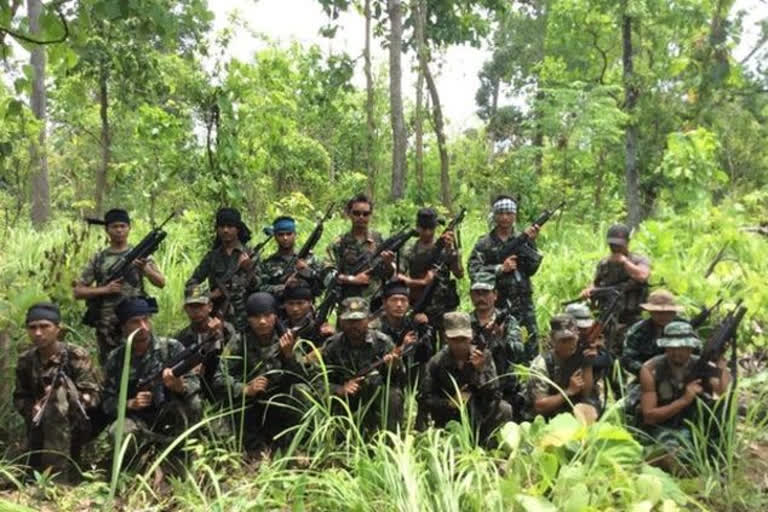New Delhi: Even as Indian Army chief General Manoj Mukund Naravane and foreign secretary Harsh Vardhan Shringla embarked on Sunday morning to Myanmar capital Naypyitaw for a two-day visit to discuss critical issues relating to strategy and military, a joint team of Northeast (NE) insurgents were set to ambush a truck carrying water for Assam Rifles (AR) troopers in Arunachal Pradesh’s Changlang.
While the attack resulted in the loss of one AR trooper while another is critically injured, it was a statement of intent by two powerful outfits—the Paresh Baruah-led faction of the United Liberation Front of Asom (ULFA-Independent) and the Khaplang faction of the National Socialist Council of Nagaland (NSCN-K)—to make their presence felt.
Since January-February 2019, the NE insurgents have been on the back-foot after being attacked by the ‘Tatmadaw’ or the Myanmarese army in their main operational base at Taga, in Myanmar’s Sagaing.
In classic guerilla pattern, Sunday’s ambush began with an IED explosion followed by continuous bursts from automatic guns.
While the immediate cause was perhaps to time it with the latest round of India-Myanmar deliberations, the insurgents are emboldened by the escalating tension between the Indian and Chinese militaries across the border Line of Actual Control (LAC) in the western sector and the McMahon Line (ML) in the eastern sector.
While the attack has revealed the NE insurgents’ penchant for ‘soft’ targets like the water tanker along with its armed AR troopers, it may well be a metaphor for the vulnerability of vital supply-chain and other logistics.
Amid unprecedented deployment and mobilization of troops on the India-China frontiers, the Indian Army will be stretched far and wide not only along the LAC but also along the ML which the NE insurgents will seek to take advantage of.
While the NE insurgents will stick to guerilla ‘hit and run’ tactics and launching surprise attacks in unexpected situations, Sunday’s attack may well be a harbinger of more such attacks in the days to come.
‘WILD EAST’
Most of the NE insurgent groups are based in a 60,000 sq km size area spanning in length for about 1,300 km north from across Arunachal Pradesh to the south across Manipur, and an average of about 50 km in width till the Chindwin river in Myanmar.
Although reports speak of many NE insurgents recently shifting base towards the China-Myanmar border after the ‘Tatmadaw’ attack in January 2019, this stretch of area is largely outside the pale of the control of Naypyitaw.
It is from this region that about 50 NE insurgent groups from Assam, Manipur and Nagaland cross the porous border to launch attacks before easily slipping back to their Myanmar bases through thick jungle routes.
Besides being home to deadly guerrilla fighters divided into many groups on the basis of ethnicity, region and the language they speak, this region is also infested with the deadliest of insects and wild plants which can cause deep rashes if touched.
Besides NE insurgents, this lawless region is also home to many militant groups in Myanmar fighting against Naypitaw, like the Mandarin-speaking ‘Wa’ people and the Kachins. Of late the Arakanese Army—believed to be backed by China—in the south of this ‘Wild East’ region is emerging as a powerful force equipped with sophisticated Chinese-made weapons.
Also Read: For China, Ladakh may be ruse, Arunachal the real muse



